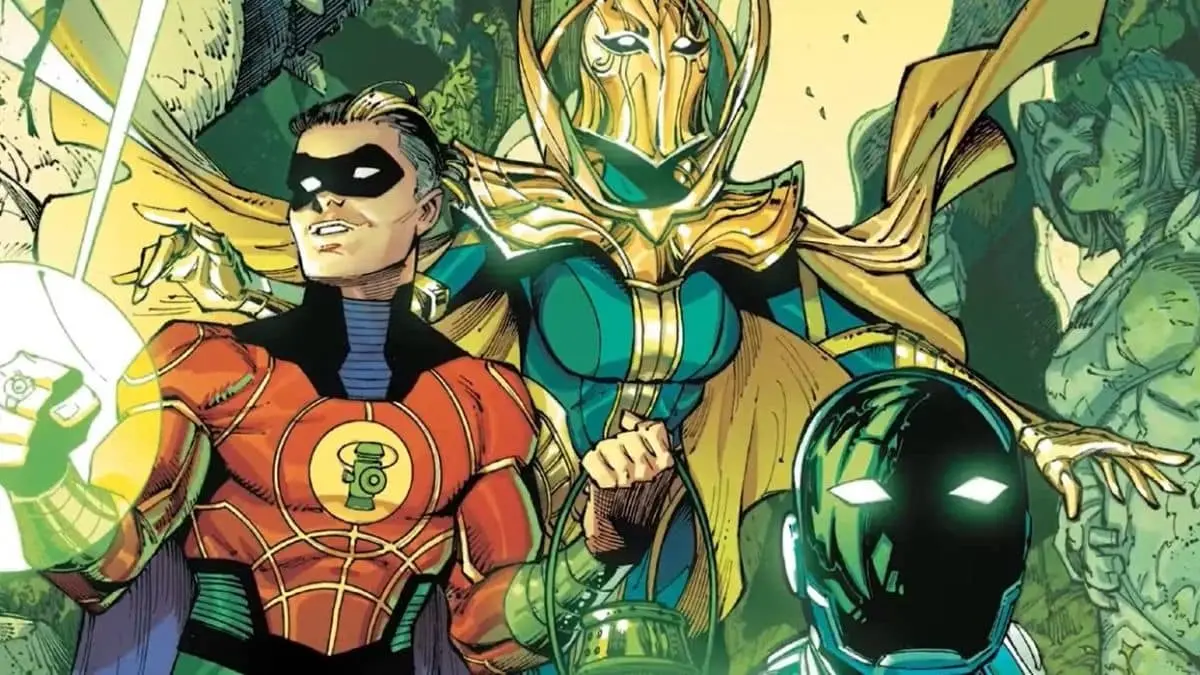The world of comic books has undergone significant transformations from the Golden Age to the Modern Age. These changes reflect shifts in societal norms, artistic styles, storytelling techniques, and industry dynamics. Let’s explore these two pivotal eras and examine how the comic book landscape has evolved over time.
The Golden Age of Comics (1938–1956)
The Golden Age marks the birth of the superhero genre and the establishment of comic books as a popular entertainment medium.
Emergence of Iconic Superheroes
In 1938, Superman made his debut in Action Comics #1, heralding the dawn of the superhero era. This period introduced legendary characters such as Batman, Wonder Woman, Captain America, and the original Flash and Green Lantern. These heroes often embodied clear moral values, portraying the classic battle between good and evil.
Influence of World War II
The global conflict had a profound impact on comic book narratives. Superheroes were depicted fighting Axis powers, with characters like Captain America symbolizing patriotism and the fight against tyranny. Comics served as morale boosters for both soldiers and civilians, reinforcing nationalistic sentiments.
Artistic Style and Storytelling
Golden Age comics featured straightforward storytelling with clear distinctions between heroes and villains. The artwork was characterized by bold lines and vibrant colors, focusing on action sequences and heroic feats. The narratives were often simplistic, catering to a broad audience, including children.

The Modern Age of Comics (1985–Present)
The Modern Age brought about diversification in genres, complex character development, and significant industry changes.
Complex and Mature Storylines
Starting in the mid-1980s, comics began to tackle more mature themes, including politics, social issues, and psychological depth. Works like Watchmen and The Dark Knight Returns deconstructed traditional superhero tropes, presenting flawed characters in morally ambiguous situations. This era also saw the rise of anti-heroes, such as Wolverine and The Punisher, who operated in gray areas rather than adhering to strict moral codes.
Artistic Innovation and Digital Transformation
Advancements in printing and digital technology revolutionized comic book art. Artists experimented with diverse styles, leading to high-quality visuals and the emergence of variant covers. The rise of digital comics expanded accessibility, allowing readers worldwide to enjoy comics on various devices.
Independent Publishers and Diverse Genres
The Modern Age witnessed the rise of independent publishers like Image Comics, Dark Horse, and IDW. These companies introduced a variety of genres beyond superheroes, including horror, science fiction, and fantasy. Titles like Spawn, The Walking Dead, and Saga gained popularity, offering readers alternative narratives and artistic styles.
Industry Dynamics and Commercialization
The comic book industry became more commercialized, with major publishers like Marvel and DC expanding their franchises through movies, television series, and merchandise. This multimedia approach increased the cultural impact of comics but also led to debates about artistic integrity versus commercial interests.

Key Differences Between the Golden Age and Modern Age
To better understand the evolution from the Golden Age to the Modern Age, here’s a comparative overview:
| Aspect | Golden Age (1938–1956) | Modern Age (1985–Present) |
|---|---|---|
| Themes | Clear moral dichotomies; patriotic and wartime stories | Complex, mature themes; exploration of social and political issues |
| Character Development | Idealized, morally upright heroes | Flawed, psychologically complex characters; rise of anti-heroes |
| Artistic Style | Bold lines, vibrant colors, simple layouts | Diverse, experimental styles; digital art and variant covers |
| Storytelling | Episodic, straightforward narratives | Serialized, intricate plots with continuity and crossovers |
| Industry Structure | Dominated by a few major publishers | Emergence of independent publishers; diversification of genres |
| Distribution | Print-focused; newsstands and comic shops | Digital comics; online platforms; global accessibility |
Also Read: Why Superheroes Dress Up in Capes and Masks?



